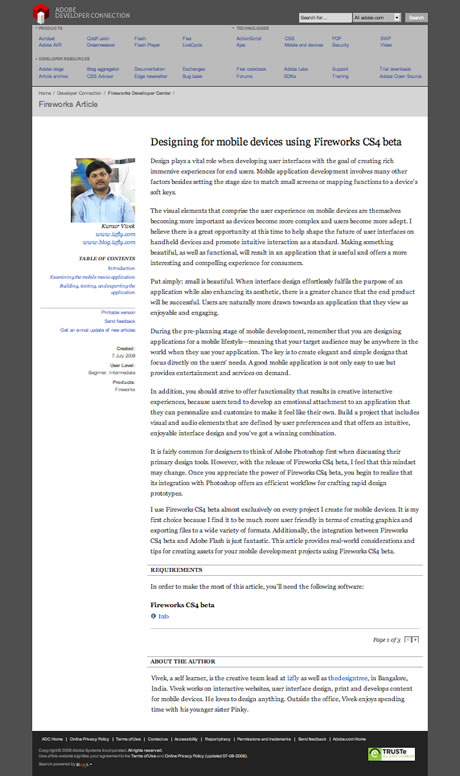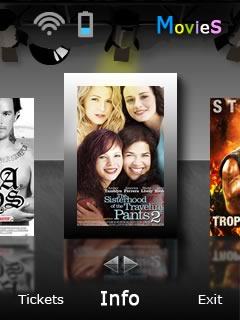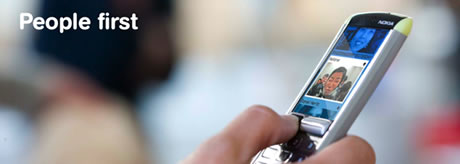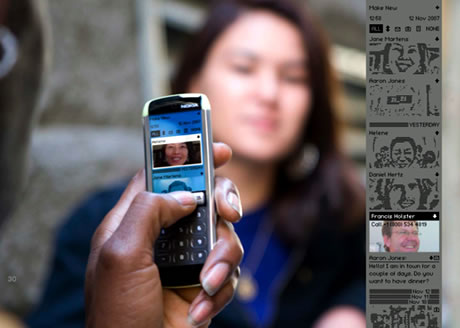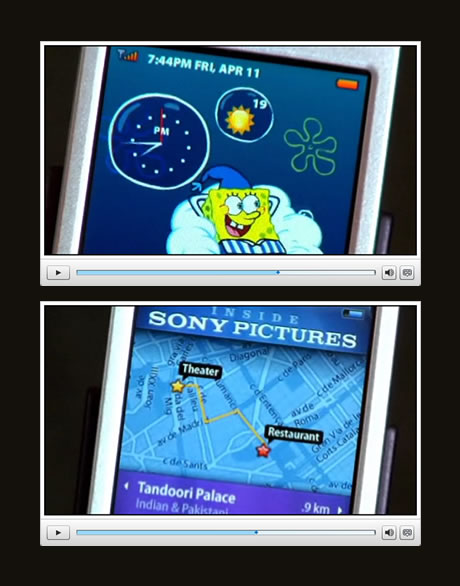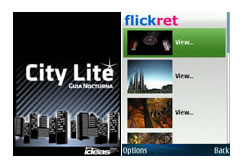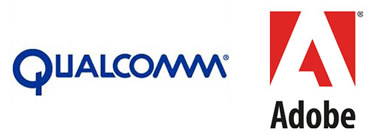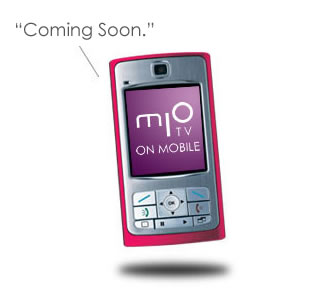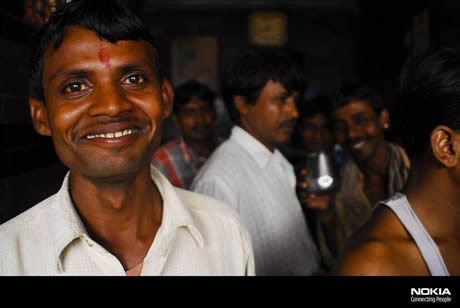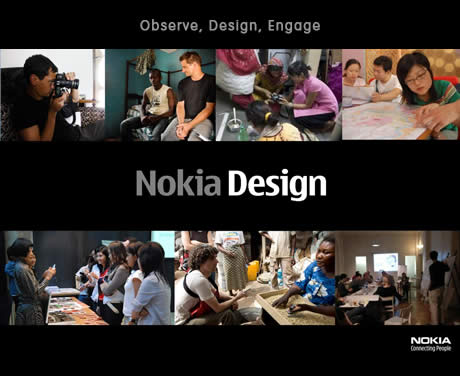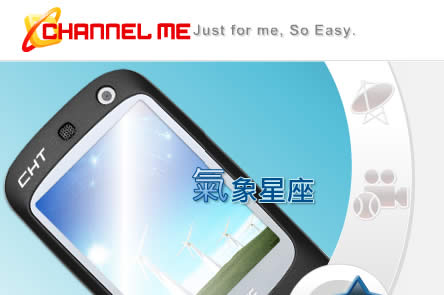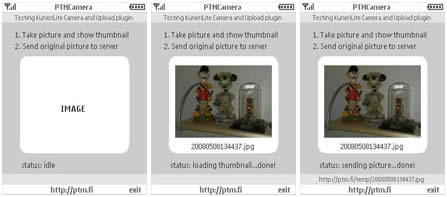In his paper for receiver Clavin argues that for better design, we must first of all understand different user needs around the world. The prime design challenges he sees are: richer communication, social tools and reconfigurable interfaces.
“Current mobile interfaces and services are not designed for the developing regions of the world – many users have problems reading and writing, some services are not relevant and native languages not always supported. Many users complete only the basic functions of dialling a number or answering an incoming call.†[…]
“The current mobile experience is designed for a literate section of the world who can expect interfaces in their native language. Another section of users have problems navigating text-based interfaces and need to reinforce links with the families they have left behind.
For successful mobile experience design we must provide alternative interfaces, social tools and better native language support. The mobile experience for developing regions will be rich with audio-visual communication, genuinely useful social networks and reconfigurable interfaces.
Designing for these user needs creates better experiences also for advanced countries. Simpler audio-visual interfaces will benefit children, elderly people and users with learning difficulties. Social networks will mature from hipster hangouts into tools for achieving meaningful and progressive goals. Touchscreen devices will become cheap enough for anyone to afford and the languages of cosmopolitan populations fully supported.â€
Neil Clavin is a design manager for Vodafone Group User Experience. He worked as a user experience designer for BBC New Media & Technology and as a research assistant for Interaction Design at the Royal College of Art, London, before joining the Vodafone User Experience Concept Development Team based in Düsseldorf, Germany. There, he leads concept design for mobile communication, information and entertainment experiences.
vivek
